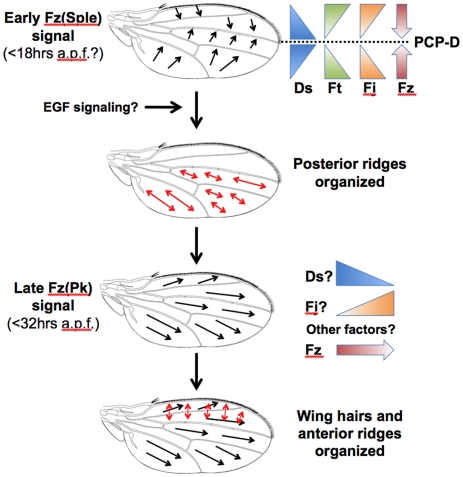Figure 9. A model for PCP specification in the Drosophila wing.
At 18 hours a.p.f., there are symmetric gradients of Ds expression that peak at the site of the L3 vein. The resulting Ds activity gradients are opposed by gradients of Ft and Fj activity. The Ft/Ds pathway organizes the direction of the Early Fz PCP signal, which points up the Ds activity gradient towards the site of the L3 vein. This Early Fz PCP signal employs the Sple isoform of the Prickle protein and determines the orientation of posterior wing ridges, which are specified orthogonal to the direction of Fz signaling. The outcome of the Early Fz PCP signal can be modified by the differentiation of wing veins, possibly due to EGF signaling. A second Fz signal occurs prior to wing hair initiation at 32 hours a.p.f. and employs the Pk isoform of the Prickle protein. The Late Fz PCP signal points distally and determines the orientation of hairs and also anterior ridges, which are specified orthogonal to the Fz activity gradient. The Late Fz PCP signal points down the contemporaneous Ds expression gradient and up a Fj expression gradient. However, it is likely that other factors are involved in controlling the direction of the Late Fz PCP signal.

